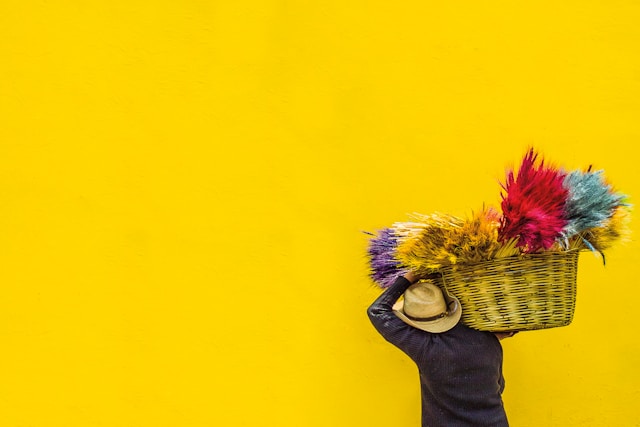The world of design has always been about creativity, emotion, and the ability to convey messages through visual aesthetics. In recent years, artificial intelligence (AI) has begun to play a crucial role in shaping the future of design. One of the most exciting developments in this field is the rise of AI-powered color generators. These innovative tools are transforming how designers approach color selection, enabling them to create more sophisticated and harmonious designs in less time. Let’s dive into how AI color generators are revolutionizing the design process and why they’re set to become an indispensable part of the creative toolkit.
What is an AI Color Generator?
An AI color generator is a tool powered by artificial intelligence that uses algorithms and machine learning to suggest or create color schemes based on specific parameters. These tools can generate color palettes that are aesthetically pleasing, functional, and aligned with the intended message or emotional tone of the project. By analyzing vast datasets of color theory, design trends, and user preferences, AI color generators have the ability to suggest color combinations that are not only visually striking but also strategically effective for branding, marketing, and digital content creation.
Streamlining the Design Process
One of the most significant advantages of AI-powered color generators is the speed and efficiency they bring to the design process. Traditionally, choosing the right colors for a design project could take hours or even days, especially when it came to ensuring that the color combinations were cohesive and aligned with the brand’s identity. AI tools can eliminate much of this guesswork, providing designers with instant access to high-quality, customized color palettes.
For example, if you’re designing a website, AI color generators can suggest colors that work well together, taking into account factors like contrast, accessibility, and emotional impact. This level of automation frees up designers to focus more on the creative aspects of their projects, such as layout and typography, while the AI handles the complexities of color harmony.
Enhancing Creativity and Innovation
AI color generators are not just about making the design process faster and easier; they’re also helping designers push the boundaries of creativity. With the ability to generate unique color combinations that might not have been considered otherwise, AI tools offer a new avenue for creative experimentation.
Many AI-powered tools allow users to input certain parameters such as a base color or an emotional tone, and the algorithm will suggest complementary or contrasting colors that align with those preferences. This allows designers to explore a wider range of possibilities and find colors that best communicate their message. It’s like having an unlimited color palette at your fingertips—one that evolves based on real-time feedback and trends in the design world.
Personalization and Customization
One of the most exciting features of AI color generators is their ability to adapt to individual preferences. As more users engage with these tools, AI algorithms learn from their selections and start to generate color combinations that align with their specific design style. Over time, the more you use the tool, the more personalized and accurate the color suggestions become.
This level of customization is especially valuable for brands looking to establish a unique and consistent visual identity. By using an AI color generator, businesses can ensure that their branding materials (from logos to social media graphics) consistently reflect their core values, target audience, and industry trends.
Optimizing for Accessibility and Inclusivity
AI color generators can also enhance accessibility in design by helping creators choose color combinations that are visually accessible to all audiences, including those with color blindness or visual impairments. These tools are often equipped with features that check the contrast between text and background colors to ensure that the design is readable for as many people as possible.
Incorporating accessibility into design is not only a smart business decision but also an ethical one. AI-powered tools make it easier for designers to prioritize inclusivity without sacrificing aesthetics or creativity.
The Future of Creative Innovation
The potential for AI-powered color generators in the future is limitless. As these tools evolve, we can expect even more advanced features, such as real-time collaboration between designers and AI, more accurate color prediction models, and deeper integration with other design tools and software.
As AI continues to improve, we may even see color generators that can predict the emotional response to specific color combinations, enabling designers to select the most effective palette for conveying a particular feeling or message. This level of precision could completely revolutionize how businesses and creators approach design, making it possible to craft hyper-targeted, emotionally resonant visuals with ease.
Conclusion
AI color generators are transforming the way designers approach color selection, offering a powerful combination of speed, creativity, and personalization. By harnessing the power of AI, designers can create more sophisticated and harmonious color palettes that align with their creative vision and business goals. As these tools continue to evolve, they will undoubtedly play a central role in the future of design, driving innovation and enhancing the accessibility of visual content for all audiences.
Whether you’re a professional designer or someone working on a personal project, using an AI color generator is an exciting step forward in the creative process. It’s not just about picking colors; it’s about unlocking new possibilities and pushing the boundaries of design in ways we never thought possible.

